#turkic people
Text
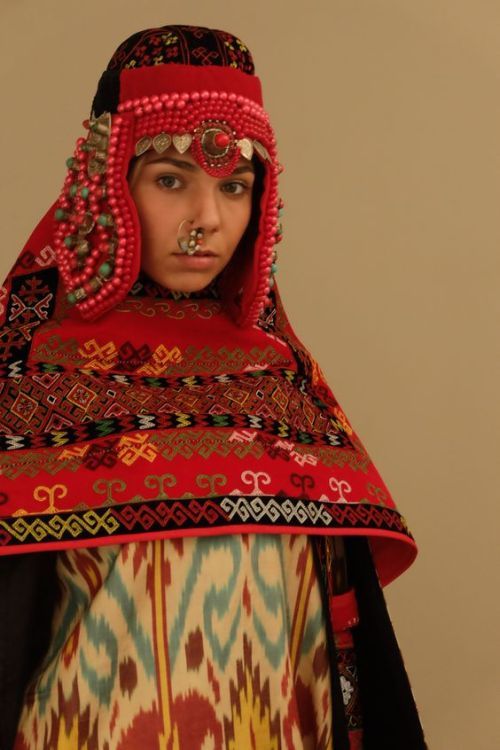
Qaraqalpaq Girl
#central asian#turkic#turanism#turan#asian#turkic people#eurasian#turkics#Karakalpak#Qaraqalpaqs#Karakalpakstan#Uzbekistan
88 notes
·
View notes
Text
Notes about the differences between Mongolic and Turkic people:
Mongolic people are believed to have originated in the region around the present-day Mongolia, while Turkic people are believed to have originated in the region around the Altai Mountains, which spans across present-day Mongolia, China, Kazakhstan, and Russia.
Mongolic people speak Mongolic languages, which are distinct from Turkic languages spoken by the Turkic people. Mongolian, Buryat, Kalmyk, and Oirat are some of the prominent Mongolic languages, while Uzbek, Kazakh, and Kyrgyz are some of the prominent Turkic languages.
There are also physical differences between Mongolic and Turkic people but I don't want to go into great detail about it incase I run the risk of it sounding really stereotypical, but Mongolic people tend to have an East/North East Asian appearance and Turkic people a bit less so.
Historically, both groups practiced shamanism, animism, and Buddhism. However, since the 10th century, Turkic people have predominantly embraced Islam, while Mongolic people have predominantly embraced Tibetan Buddhism.
Mongolic people have a long and rich history that dates back to the Mongol Empire. The Turkic people also have a long and complex history that includes the Turkic Khaganate, the Seljuk Empire, and other powerful empires.
Genetically speaking, The Mongolic and Turkic people have distinct genetic profiles that reflect their unique histories and migrations. Mongolic people have a higher frequency of the C3 haplogroup, which is associated with the ancient Scythian people of Central Asia, while the Turkic people have a higher frequency of the R1a haplogroup, which is associated with the ancient Indo-European people of Central Asia and Europe.
I believe that it is problematic to say that Turkic and Mongolic people are the same or interchangeable terms because they are two distinct ethnic groups with their own unique languages, cultures, and histories.
For one, it erases the cultural diversity of these two groups. By treating Turkic and Mongolic people as interchangeable terms, I believe it erases the rich cultural diversity of each group. This can lead to stereotypes and misconceptions being created about these groups and their traditions.
Two, it's... Pretty inaccurate. Turkic and Mongolic people have distinct genetic profiles, linguistic structures, and cultural practices. Treating them as interchangeable terms ignores these differences.
Furthermore, it's just disrespectful to the histories of these two groups. Both the Turkic and Mongolic people have long and complex histories that are unique to their own cultures.
I am not denying that Mongolic and Turkic people have a long and shared history, and allied and intermarried with one another and share cultural similarities but I just wanted to note the differences between the groups. Mongolic and Turkic groups are incredibly diverse and in of themselves so to say that Mongolic and Turkic people are just... So similar that they can be said to be the same thing is really inaccurate. That's like if I said Russia and Ukraine are the same countries because of the cultural, linguistic and generic similarities.
#Mongolia#mongolian history#mongolic#Mongolic people#History#Asian historic#Turkic#Turkic people#Turkic history#Notes
20 notes
·
View notes
Note
Isnt kurdish and turkic ‘ethnicities’ very different, some alot more than others. I saw a post of yours in a tag and i just always thought they were geographically close right now but genetically and historically far apart, please correct me if im wrong, id love to hear🙏 Its an interesting study, forgive me for odd question. Have a nice day
Hey, totally fine, that's what I'm here for.
First I wanna say that kurdish is an (Iranian) ethnicity native to Western Asia along the Zagros mountains and 'turkic' is a large group of different ethnicities across Central, North, South and West Asia and Eastern Europe that share cultural and linguistic ties.
Examples of turkic people are turkish people/turks from Anatolia Western Asia aka Middle East, Rumelian Turks from the Balkans, Chuvash from Russia, Yakuts in Siberia Russia, (Crimean) Tatars, Uighurs, Kazakhs, Turkmens etc etc... here's the link to a tiktok vid that has a bunch of them with according info and currently 5 whole parts in total:
I, for example, am an anatolian turk/turkish. Turkish people are the largest turkic people with over 80 Million people. The modern day turks' ancestors migrated from Central Asia to Western Asia about 1000 years ago and mixed with the locals, therefore we share similarities with other ethnic groups in the area.
Hence the name, turkic migration, we spread out.
And you're right, turks and kurds are in fact geographically really close, we live in the same country, which is turkey and used to live in the same area in the same Empire, the Ottoman Empire. But ever since the Ottoman Empire collapsed and new borders were drawn, kurds were spread out in mainly 4 countries: Turkey, Iraq, Iran and Syria.
But Kurds and Turks, Persians, Arabs didn't always have a peaceful history together. Starting from riots to massacres to banning Kurdish cultural music and language..
Culturally there's been overlaps over the past centuries due to this geographical proximity, but we have to keep in mind that those two ethnicities belong to two different groups, Iranian and Turkic.
Kurds speak a language with 4 main dialects: Kurmancî, Soranî, Lakî and Zazakî. There's even more.
Kurdish is an Indo-European language that belongs to the Western Iranian branch while Turkish is not related to any Indo-European languages at all. It is a Turkic-Oghuz language, related to Azerbaijani and many other languages in that specific branch. Genetically there's not that much of a closeness either due to this but our phenotypes can look very close. Generally you can distinguish, we're not monoliths though ofc.
Anyone feel free to add.
Hope that answers ur questions.
#asks#kurdish#turkish#the middle east#middle eastern#muslim#western asia#west asia#middle east#turkic#turkic people#iranian#linguistics
4 notes
·
View notes
Text






“The Turkic Folk” by Ármin Vámbéry, antiquarian edition half-leather bundled, marbled front cover and golden spines. With several illustrations and linguistic comparisons. Published 1885 in Leipzig.
An inexpressible delicateness to present this treasure of book-art and the scientific work of the Hungarian Turkologist Ármin Vámbéry (it is said that Stoker’s antagonist Van Helsing is based on Vámbéry, also he was an advocate of the Turkic-Hungarian language similarity, cf. Finno-Ugric theory) • I read a lot of him in secondary literature before I had the chance to achieve this beautiful edition • He was evolved in Diplomatic work in the Ottoman Empire, was Professor for Oriental languages in Budapest, could speak twelve languages, wrote mostly in German and was a double-agent and and and!
Separating the Turkic Folk in their tribes and analysing cultural and linguistic features by considering ethnographic relation. A special book that also deals with nearly extinct or driven ethnicities. An uplifting focus on poetry and their meanings can capture every Schöngeist 💙 At that time the most extensive research and collection of the Turkic tribe.
#literature#book cover#book#ethnic-researches#Folk-tribes#Orientalist#linguistics#Vámbéry#antiquarian book#antiquarian books#antiquarian#19th century literature#19th century#1885#bookworm#bücherwurm#Turkology#turkic people#Turkic#Hungarian author#Ottoman Empire
16 notes
·
View notes
Text
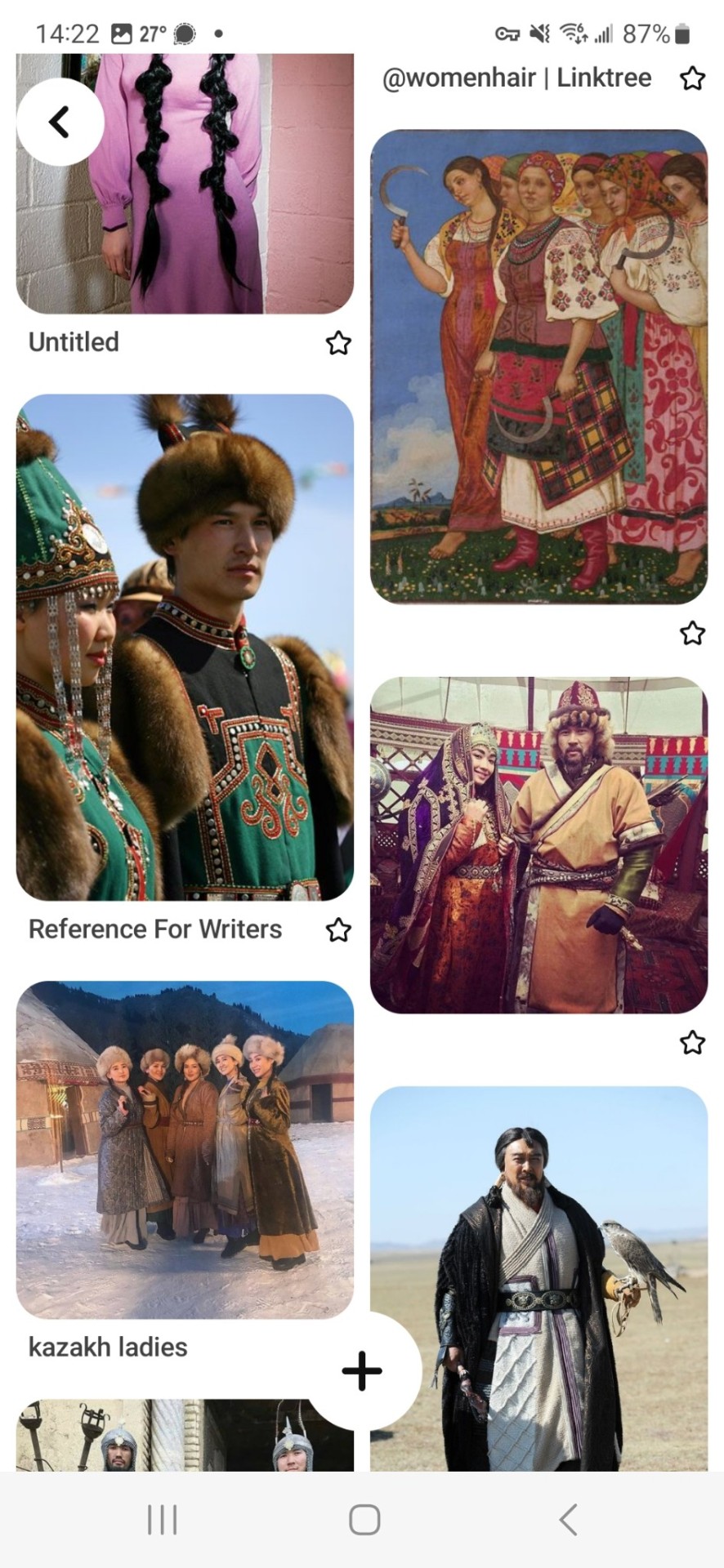
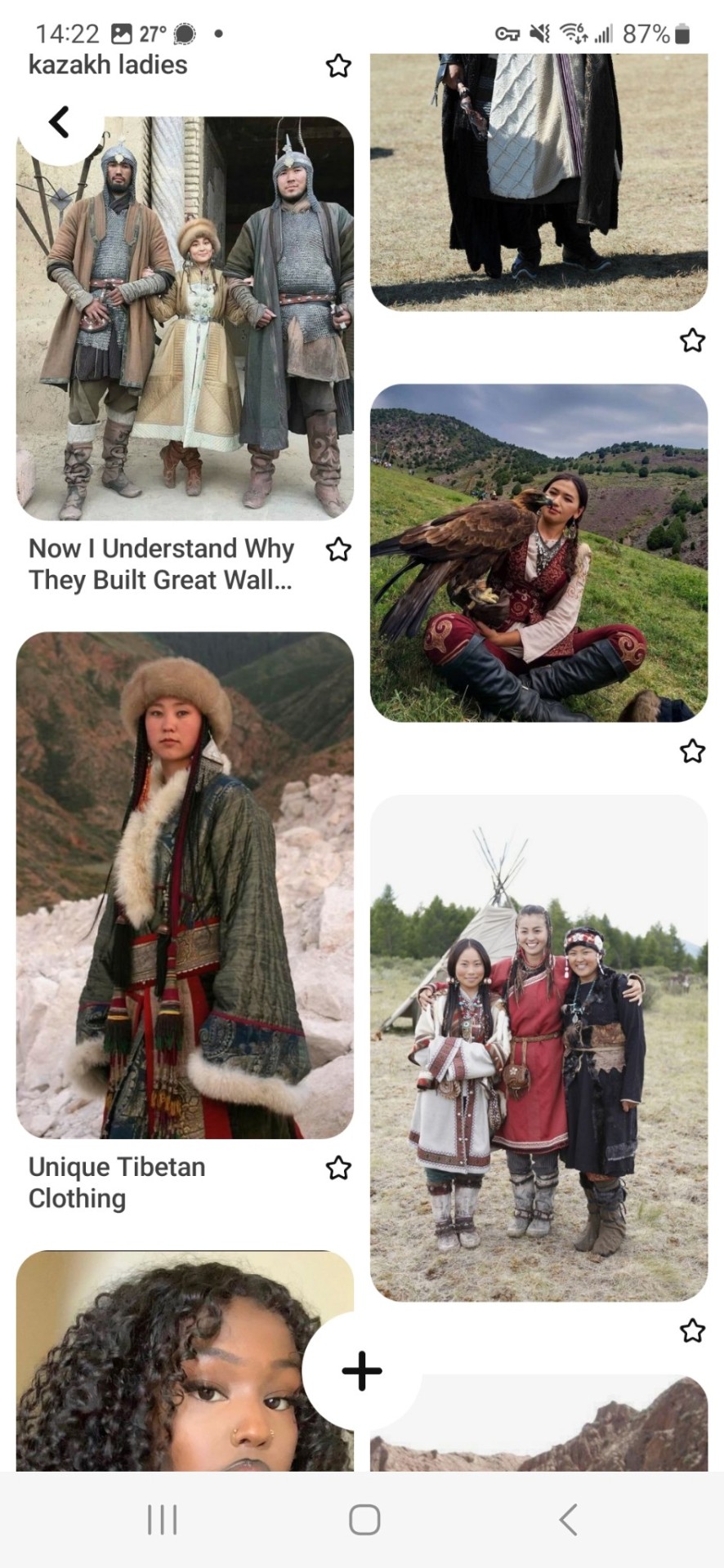

A board I made of the Vanir people in MCU.
In MCU, Vanaheimr culture has nods to Slavic, Turkic and Mongolic cultures btw
🤩🤩🤩🤩🥺🥺🤩🥺
#vanaheim#vanir people#mcu vanaheim#mcu nine realms#norse myths#slavic people#turkic people#mongolic people
1 note
·
View note
Text
Which Turkic People live in Iran today?
Iranian Azerbaijanis Iranian Turkmens Turkic Tribal Groups Conclusion Video: Qashqai People in IranYou may also like
The diversity of Iran’s population has been an important aspect of the country’s history and culture for centuries. While the majority of Iran’s population is Persian, there are also significant ethnic minorities throughout the country. One of the largest of these minority groups…

View On WordPress
#Anthropology#Culture#Demographics#Ethnic groups#History#Iran#Iran-Turkey relations#Linguistics#Minorities#Turkic people
0 notes
Text

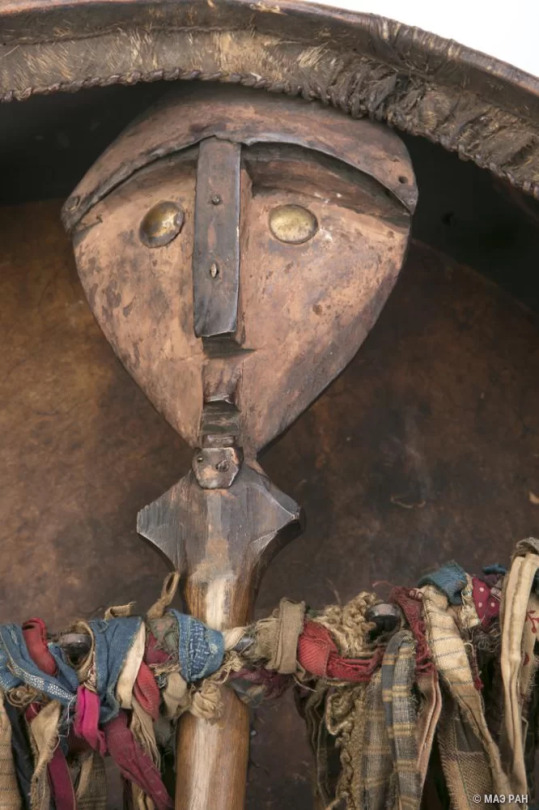
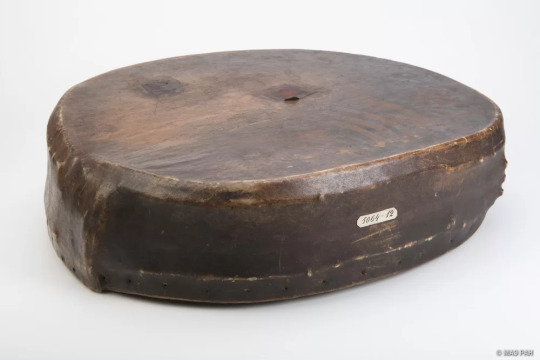

Shaman's drum. ALtai-kizhi. XX
Бубен шаманский. Алтай-кижи. XX
From Kunstkamera archive.
#turkic#non-russian#indigenous russian#indigenous russia#siberian people#Алтай#Altai#Altai-kizhi#Алтай кижи#Altai-kizhi culture#Культура Алтай-кижи#Altai people#Алтайцы#Altai people culture#Культура Алтайцы
49 notes
·
View notes
Text
the expression I could eat a horse never rings as true as it does in Kazakhstan:D
Our national dish(or at least the traditional version of it) beshparamaq is literally horse meat with bread(not the bread you think) and some onions.
It looks like this:

It is really delicious. Of course it depends on how you cooked and the quality of meat, but when it hits it SLAPS.
You usually eat it with hands. Also sometimes it is served with a head of the animal, and the head of the hose gives different parts of it to those who need it the most. Like eyes for someone who sees bad, or ears for someone who is losing their hearing.(or brains for you/j)
#obviously it is not only kazakh national meal#it is shared across the turkic cultures#but there are some variations#also there is some other stuff where horse meat is used#also!!! in western Kazakhstan where Caspian sea is located beshparmaq is sometimes served with fish#because why not#there is also the fact that most of the time people use beef or mutton for the meat#kazakhstan#kazakh#kazakh culture
85 notes
·
View notes
Photo

Kyrgyz women in the little Pamir.
Source: Silvia Alessi
#afghanistan#afghan#afghan people#kyrgyz#turkic#minority#asia#ethnic group#central asia#south asia#pamir#badakhshan#wakhan#wakhan corridor#rural#nature#women#veil#river#landscape#mountains#high res#asian culture#traditional clothes#nomad#nomadic
460 notes
·
View notes
Text
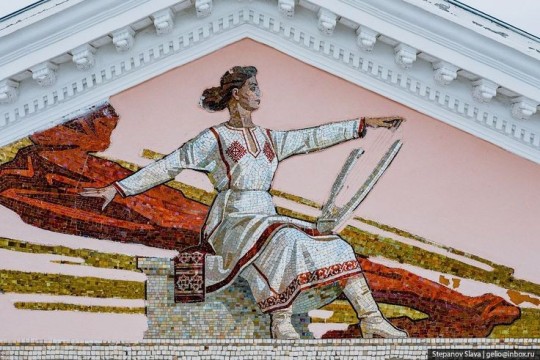
Chuvash
#chuvash#turkic#nomad#art#artwork#traditional#chuvash people#women#turkic architecture#architecture#history#culture
8 notes
·
View notes
Text
The high standard of indigeneity in the Caucasus is so funny because no matter which conflict in the Caucasus, it’s always one or both sides arguing that the other side are "immigrants", because they "only" arrived 2000 years ago lmao
#it’s rarely even true like some armenians say albanians only arrived 2000 years ago which is not true#albanians were the oldest recorded people in eastern caucasus#or ofc ossetians#all their neigbours saying they are not caucasian because their ancestors arrived 2000 years ago#jews and mongolic/turkic people who arrived 1000 years ago being considered very recent settlers
10 notes
·
View notes
Text
Hakas / Natalia Albychakova - Takhpakh
#indigenous#culture#indigenous russian#indigenous russia#russia#important#colonization#fypシ#fypage#landback#Turkic#Kazakh#Beautiful#indigenous music#indigenous people#decolonize#land back
123 notes
·
View notes
Text

Well, here are my birds💋💋💋 I didn’t consider that the result would be so dark, but overall I like it. Of course, Turkic motifs are visible only in the details of clothing... let's pretend that this is not so important
🪶🪶🪶🪶
#art#creation#oc#русский художник#assets#original character#illustration#turkic peoples#turkic#asian culture#turkic culture#winter#portret#sketches#digital art#art digital#ibispaint art#russian culture#russian artist#русарт
11 notes
·
View notes
Text
Americans & Europeans stop counting Turkey and Iran as Arab countries challenge (failed)
#for the love of god turkic people actually exist#turkey doesnt even use arab alphabet is that because majority is muslim
4 notes
·
View notes
Text
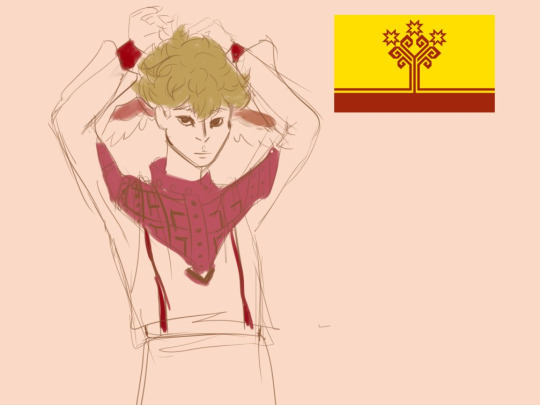
chuvash grian :)
chuvash people are indigenous people of russia speaking a language of a turkic family from an almost extinct branch. chuvash culture is actively being erased by the government. chuvash traditions are vibrant and are worth saving
please make sure you support north asian, indigenous and turkic artists of russia!! vk.com/tuzeek is a chuvash artist i took inspo from!
i’m also ndigenous to russia (tatar) so you can also support me ig......... \\\\
#grian#grianfanart#hermitcraft#hermitblr#hermitcraftfanart#grian fanart#chuvash#chuvashia#turkic#indigenous people of russia#russian minorities
45 notes
·
View notes
Photo
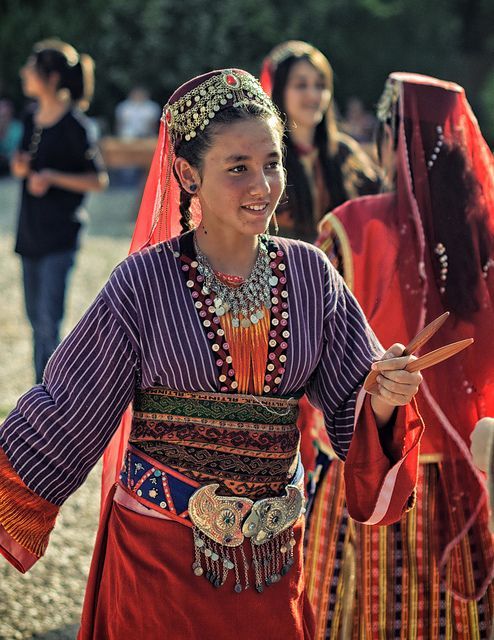
Turkey Turcoman girls in traditional clothes
Geleneksel kıyafetleri içinde Türkiye Türkmen'i kızları
#turkish#turkey#Turcomans#Turkey Turcomans#türkiye türkmeni#geleneksel Türk giyimi#türk giyimi#turkic#oguz turkleri#oghuz turks#Oğuz Türkleri#Türkiye#türkiye türkmenleri#Turkish people
32 notes
·
View notes